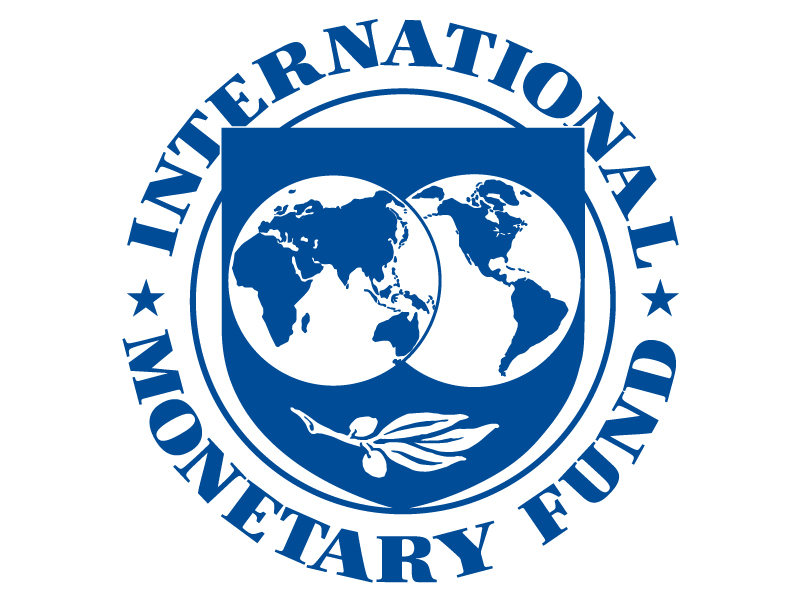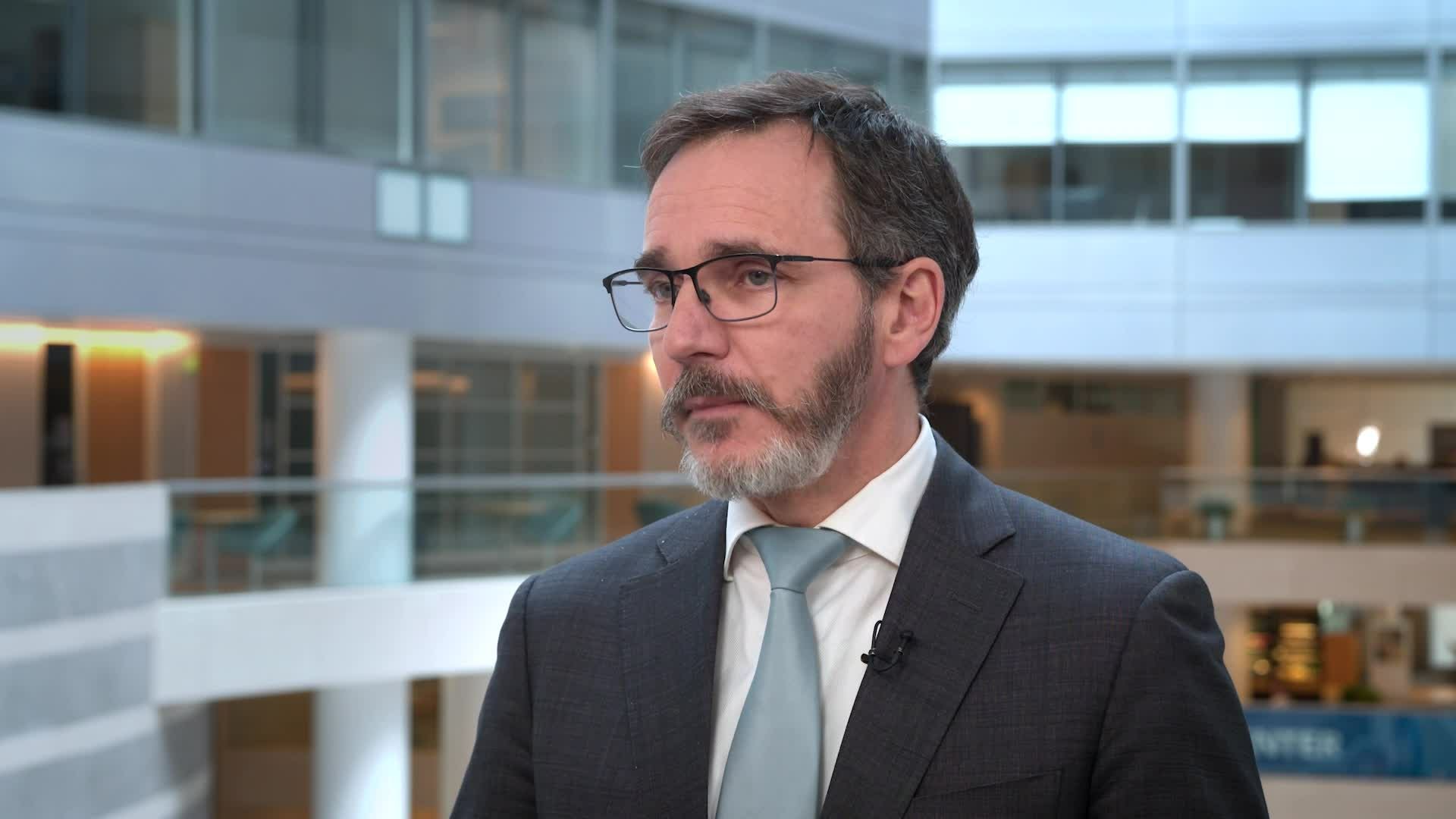Global growth, estimated at 3.2 percent in 2023, is projected to continue at the same pace in 2024 and 2025, said Pierre-Olivier Gourinchas’ IMF’s chief economist in a press briefing today, Tuesday April 16 in Washington, DC. Nevertheless, the projection for global growth in 2024 and 2025 is below the historical (2000–19) annual average of 3.8 percent, reflecting restrictive monetary policies and withdrawal of fiscal support, as well as low underlying productivity growth.
“Economic activity is showing surprising resilience with inflation returning to target. Despite significant central bank hikes aimed at restoring price stability, the global economy grew steadily, supported by favorable supply developments. Global growth, estimated at 3.2% in 2023, is projected to continue at the same pace in both 2024 and 2025. Meanwhile, global headline inflation is expected to fall from an annual average of 6.8% in 2023 to 5.9% in 2024 and to 4.5% in 2025,” said Gourinchas.
Risks to the global economic landscape have diminished since October 2023, leading to a broadly balanced distribution of possible outcomes around the baseline projection for global growth, from a clear downside tilt in the April 2023 WEO and the October 2023 WEO.
“Risks to the outlook are balanced but are more tilted to the downside in the near-term. On the downside, new price spikes from geopolitical tensions, along with persistent core inflation could raise interest rate expectations and reduce asset prices. High interest rates could have greater cooling effects than expected, but on the upside, fiscal policy could turn out to be more expansionary than currently anticipated in the context of elections, although at the risk of a costly adjustment later. Furthermore, inflation could fall faster than expected, allowing central banks to advance easing plans. Also, advances in artificial intelligence and timely structural reforms have the potential to boost productivity,” added Gourinchas.
With inflationary pressures abating more swiftly than expected in many countries, risks to the inflation outlook are now also broadly balanced.
“The priority is to ensure that inflation converges to our target levels smoothly. Calibrating the timing of policy adjustments to individual countries' circumstances. At the same time, heightened attention must now be paid to rebuilding fiscal buffers to guard against future shocks, make room for priority investments, and to ensure debt sustainability. Also, intensifying supply enhancing reforms would facilitate inflation and debt reduction and allow economies to increase growth towards higher pre-pandemic averages. Finally, multilateral cooperation should be strengthened to make progress on common goals such as climate change and to mitigate the costs of geoeconomic fragmentation,” explained Gourinchas.
To read the full report, click here.

